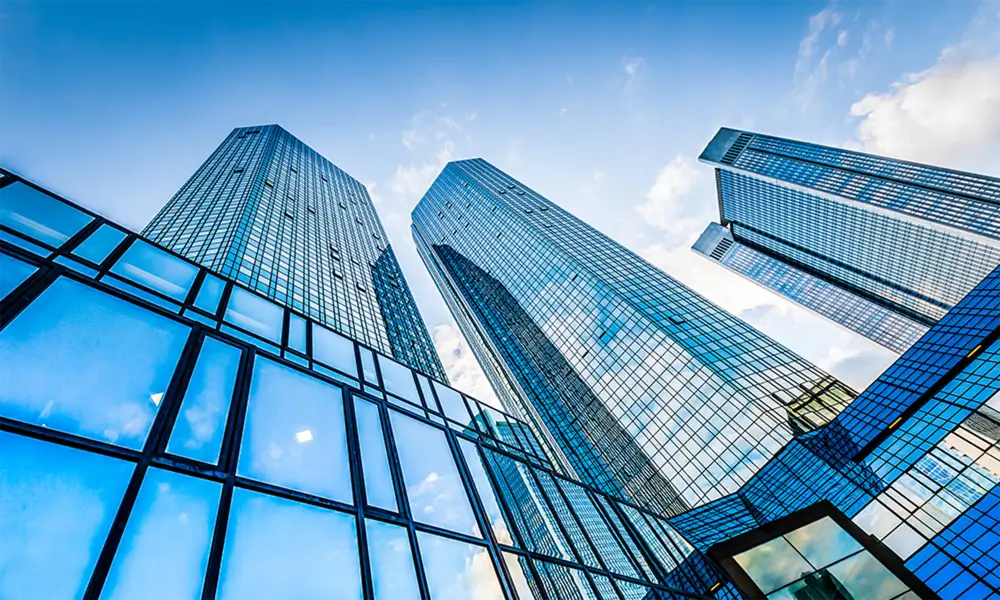

Dark Reflective Glass A Modern Architectural Marvel
In the realm of modern architecture and design, materials play a pivotal role in shaping our built environment. Among these materials, dark reflective glass stands out as a symbol of elegance, innovation, and functionality. This remarkable material not only enhances the aesthetic appeal of buildings but also offers practical benefits that cater to both the environment and contemporary lifestyle.
Aesthetic Appeal
Dark reflective glass is often chosen for its striking appearance. It provides a sleek, sophisticated finish that transforms ordinary structures into stunning visual statements. The deep hues of the glass can range from smoky gray to rich black, allowing architects and designers to create visually compelling facades that capture and reflect the surrounding environment. Buildings clad in dark reflective glass often create dramatic contrasts against the sky and landscape, resulting in striking silhouettes that evolve with changing light conditions throughout the day.
Moreover, the reflective quality of this glass allows structures to interact with their surroundings. On a sunny day, dark reflective glass can appear almost like a mirror, reflecting the clouds and the ambient colors of the environment. This dynamic property not only enhances the building’s design but also fosters a sense of harmony between the structure and nature.
Energy Efficiency
The benefits of dark reflective glass extend beyond aesthetics. One of the most significant advantages is its energy efficiency. These glass panels are engineered to minimize heat absorption, which is crucial in regions that experience high temperatures. By reflecting a substantial amount of solar radiation, dark reflective glass helps to maintain a comfortable indoor climate, reducing the need for excessive air conditioning. This translates to lower energy costs and a smaller carbon footprint, aligning with the growing demand for sustainable building practices.
In addition to thermal performance, dark reflective glass can also play a role in minimizing glare. In commercial spaces, where screens and displays are crucial, the reflective quality of the glass can help filter excessive brightness, creating a more comfortable working environment. This dual functionality makes dark reflective glass a preferred choice for both residential and commercial buildings.

Privacy and Security
Another notable advantage of dark reflective glass is its capacity to provide privacy. The reflective surface acts as a one-way mirror during the daytime, allowing occupants to enjoy unobstructed views of the outside while obscuring the view from the outside in. This characteristic is especially valuable in urban environments where buildings are in close proximity to one another. It creates a sense of seclusion without sacrificing natural light and outdoor views.
Security is another consideration where dark reflective glass shines. Its durability and strength contribute to enhanced building security. In instances of vandalism or break-ins, the resilience of this glass can deter potential intruders, offering an additional layer of protection for both residential and commercial properties.
Challenges and Considerations
Despite its many benefits, the use of dark reflective glass is not without challenges. Careful consideration must be given to the building's orientation and surrounding environment, as the reflective nature can create unintended glare for nearby pedestrians and vehicles. Therefore, architects and designers must meticulously plan the use of dark reflective glass to mitigate any adverse effects.
Additionally, maintenance can be a concern as dirt and smudges are more visible on darker surfaces. Regular cleaning is essential to uphold the visual appeal and functionality of these materials, which may necessitate planning for access and maintenance strategies during the design phase.
Conclusion
Dark reflective glass is more than just a trend; it represents a harmonization of beauty, practicality, and sustainability in modern architecture. As we continue to explore innovative building materials, dark reflective glass stands out for its ability to transform spaces while serving vital functional roles. Its aesthetic charm, energy efficiency, privacy advantages, and security features make it an indispensable component of contemporary designs, allowing for an architectural expression that is as striking as it is smart. As architects and designers embrace this versatile material, we can expect it to play a pivotal role in shaping the future of urban landscapes around the globe.